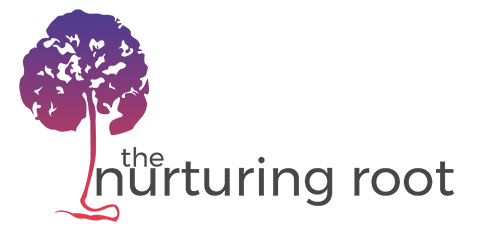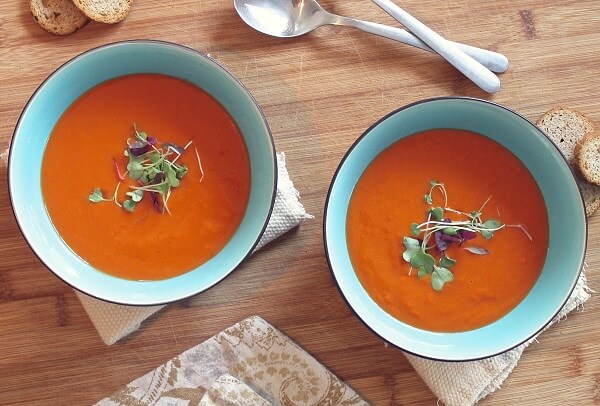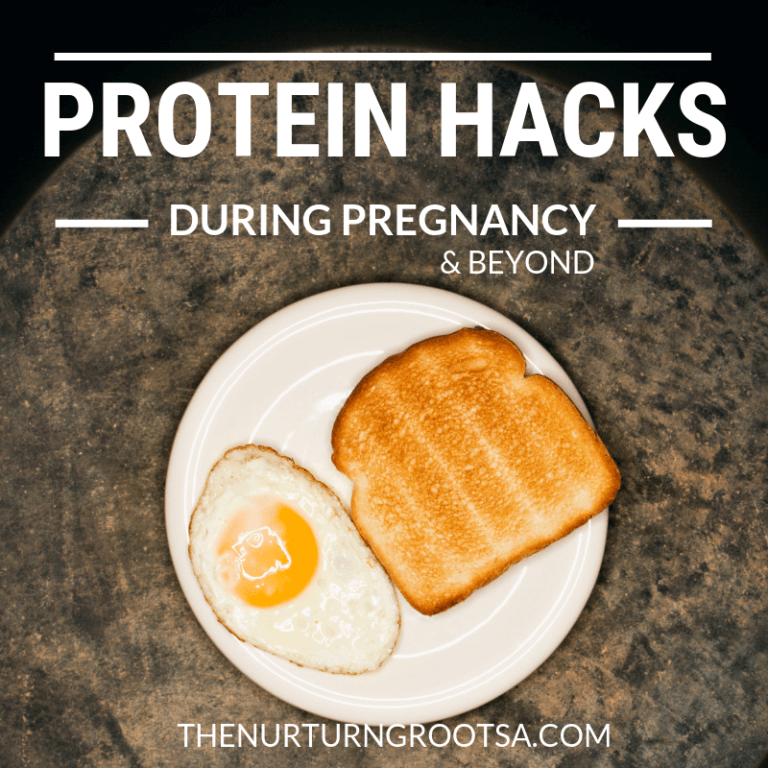Baby Led Weaning: The Beginners Guide for Starting Solids
Your precious baby is 6 months old! That’s the magic age, right? It’s commonly accepted that this is the time when your baby needs other foods to compliment his/her breastmilk or formula intake. Other new moms are chattering about it and you’re yet again scouring the interwebs trying to figure out the best way to…



